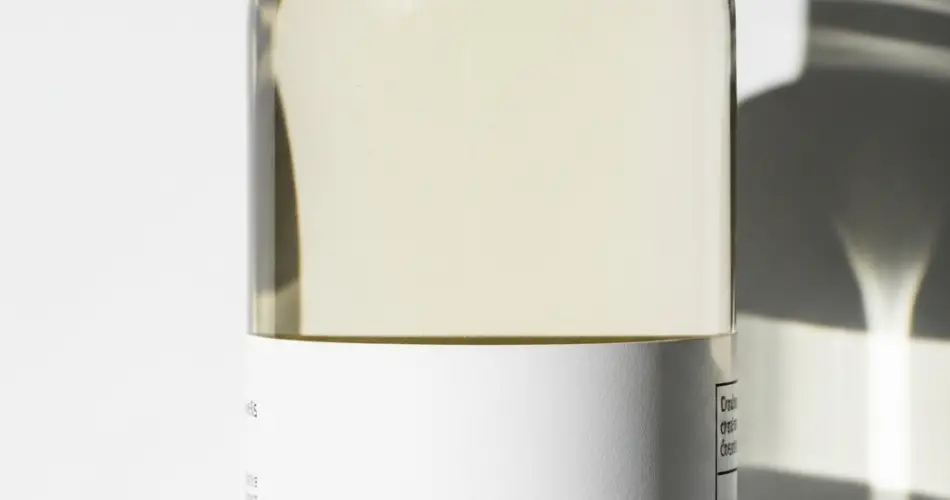Fungal diseases can silently devastate your plants, both in your home garden and in potted indoor varieties. Whether it’s powdery mildew, black spots, or root rot, fungi can weaken and even kill plants if left untreated. While there are chemical fungicides available, many gardening enthusiasts prefer natural alternatives to protect their crops and the environment. Fortunately, one highly effective and inexpensive solution might already be in your kitchen: vinegar.
Here’s how you can use vinegar as a homemade fungicide to eliminate up to 99% of common plant fungi—and how to apply it safely to preserve the health and productivity of your garden.
Why Vinegar Works Against Plant Fungi
Vinegar, especially white vinegar, is highly acidic, typically containing acetic acid concentrations around 5-7%. This acid disrupts the pH environment that most fungi require to survive and reproduce. When used correctly, vinegar can eliminate fungal spores and prevent new outbreaks on leaves, stems, and even in the soil.
Additionally, vinegar is antimicrobial, which means it can also help suppress bacterial growth and insect activity when used as part of a regular plant care routine.
Common Signs of Fungal Infections
Before applying any treatment, it’s important to recognize the signs of fungal infections:
-
Powdery mildew: White, dusty patches that appear on the leaves and stems.
-
Black spots: Round, dark lesions on the leaves, especially common in roses.
-
Rust: Orange, brown, or reddish pustules that develop on the underside of leaves.
-
Leaf blight or damping off: Leaves wilt and die prematurely, often accompanied by dark patches near the soil.
-
Root rot: Roots become black and mushy, and the plant exhibits stunted growth or wilting.
Once you spot these symptoms, act quickly to avoid the spread of the fungus to nearby plants.
Homemade Vinegar Fungicide Recipe
Here’s a safe and effective recipe you can prepare at home using only a few ingredients:
Ingredients:
-
3 tablespoons of white vinegar (5% acetic acid)
-
1 liter (about 4 cups) of water
-
Optional: A few drops of mild liquid soap (like castile soap or dish soap)
Instructions:
-
Mix the white vinegar with water thoroughly in a spray bottle.
-
Add the drops of mild soap and shake well. The soap helps the solution stick to the plant surfaces longer.
-
Use immediately. Don’t store the mixture for more than a day, as vinegar can degrade and lose potency over time when diluted.
How to Apply
-
Test first: Before treating the entire plant, spray a small section of a leaf and wait 24 hours to check for any adverse reaction such as yellowing or burns.
-
Spray in the morning or evening: Avoid spraying during peak sun hours, as vinegar can cause leaf burn when exposed to intense sunlight.
-
Spray affected areas: Lightly coat the leaves, stems, and undersides where fungal spores are likely hiding.
-
Repeat treatment: Apply every 2–3 days until the infection is gone. For preventive care, use once every 7–10 days.
-
Avoid overuse: While effective, too much vinegar can alter the pH of the soil and harm beneficial microorganisms if used excessively.
Best Plants to Use It On
Vinegar spray is generally safe for many ornamental and edible plants, including:
-
Tomatoes
-
Peppers
-
Cucumbers
-
Roses
-
Marigolds
-
Geraniums
-
Herbs like basil and mint (use with care)
Avoid using vinegar on very delicate plants or on plants with waxy or hairy leaves until you’ve tested a small portion. Succulents, for instance, may react poorly.
Additional Tips for Preventing Fungal Infections
-
Proper spacing: Good air circulation between plants helps reduce humidity, which fungi thrive on.
-
Water early in the day: This allows the foliage to dry out before nightfall.
-
Avoid overhead watering: Water at the base to keep leaves dry.
-
Remove infected leaves: Always cut off and discard any leaves showing signs of fungal growth to limit spread.
-
Clean tools regularly: Disinfect your pruning shears and other gardening tools to prevent transferring spores between plants.
A Natural, Affordable Solution for Home Gardeners
Using vinegar as a natural fungicide is not only cost-effective but also environmentally friendly. It allows you to treat your garden without resorting to harsh chemicals, making it a perfect option for those growing fruits, vegetables, or herbs for consumption.
While vinegar isn’t a cure-all and won’t replace professional-grade fungicides for severe infections, it can be incredibly effective for early-stage fungal issues and regular maintenance. Always remember to monitor your plants closely and adjust your approach as needed.
Conclusion
By incorporating vinegar into your plant care routine, you can effectively combat fungal infections, protect your harvest, and promote healthier plant growth. This natural solution is easy to make, quick to apply, and safe when used with care—making it an ideal option for any home gardener looking to keep their green space vibrant and disease-free.



